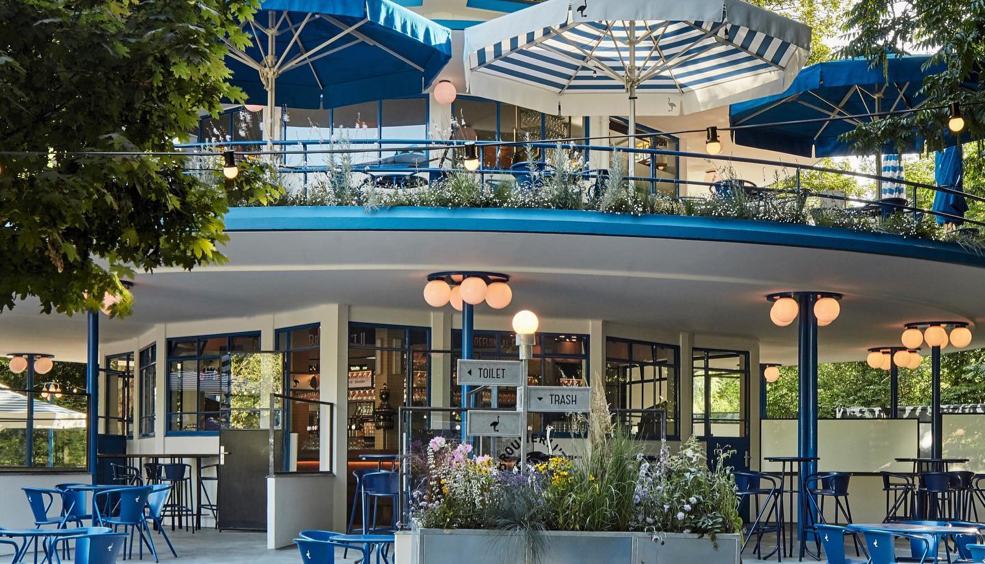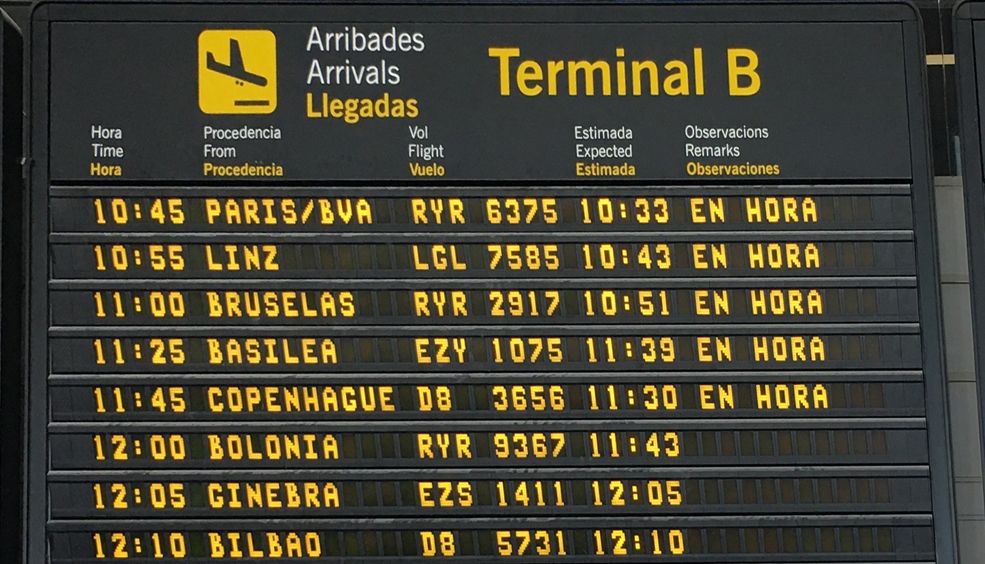Five One-Day Getaways From Dublin
If you come to Dublin with time on your hands, you could make numerous one-day outings from the city. One such option is to explore the coast north and south of Ireland’s capital, dotted with quaint fishing villages, idyllic spots to wander through and places to relax – all just a ride away on public transport. DART, the rapid rail system which runs along Dublin’s coastline, from Greystones in the south to Balbriggan in the north, and inland to Maynooth and Hazelhatch, is the best way to get around. What’s more, the comfort it offers and the route it plies – hard by the coast with great views – has led it to become a serious alternative for tourists visiting the area. Here are some towns and places of interest you will come across on the way:
1. Howth
Situated on the north end of Dublin Bay, this is a charming fishing village. From the train station located in the town centre, you can go on four looped walks that enable you to soak up this beautiful maritime village. Some of the main places to see are Baily Lighthouse, Howth Castle and gardens and the ruins of St Mary’s Abbey. Lambay Island and Ireland’s Eye are two essential spots for bird-lovers, as numerous species can be spotted there.
2. Malahide
This seaside town north of Dublin is well worth strolling about to discover its shops and dive into its numerous bars and restaurants to have a pint and recharge. Don’t leave without first seeing its castle and surrounding gardens. Malahide Castle was built in the 12th century by the English Talbot family, who resided there until 1973. It is now open to the public for viewing and discovering the history of that illustrious family.
3. Sandycove
Sandycoveborders on south Dublin. Its main sightseeing landmark is the Martello Tower, also known as the James Joyce Tower, with its characteristic circular shape. It is part of a complex of fifteen towers that were built in the Dublin environs in 1804 to defend against the Napoleonic invasion. It houses the James Joyce Museum, which exhibits this celebrated Irish writer’s letters, photographs and belongings. Joyce lived on these premises for a time and it is the point of departure for one of his most popular novels, Ulysses.
4. Dalkey
Slightly further south of Sandycove lies Dalkey. This village was founded as a Viking settlement and has become a residential area for the well-to-do in recent years, so you are likely to come across the odd luxury mansion here. Bono and Van Morrison are among the celebrities that have succumbed to its charm. For enthusiasts of cultural heritage, the main street features a 10th-century church and two, 14th-century Norman castles. Hiking is a popular pursuit here and therefore a good excuse for seeking out scenic views. Dalkey Island, at the southern end, is one of the main attractions in the area. Access is via a regular boat service. The island is uninhabited and features archaeological remains of two churches and the Martello tower.
5. Bray
At the end of the line running along Dublin’s southern coastline lies Bray. This is a traditional summer resort for Dubliners and is still in vogue today. One of its landmarks is Bay Head, a 241-metre-high hill overlooking the sea separating the towns of Bray and Greystones. There is a coastal path around the foot of the hill that connects the two towns and is well worth walking. If you’re fit, you can also trundle up to the top, which is quite a steep climb, but the views to be had at the end of the walk are well worth the effort.
Ready to enjoy the coastal towns beyond Dublin’s boundaries? Check out our flights here.
Text by ISABELYLUIS Comunicación
Photos by Giuseppe Milo, William Murphy, Ana Rey, Bruce Calder
more infoAre you thirsty? Here are five of the best beer bars in Europe
If you love craft beer, this post is for you! Read on to find the best places to quench your thirst and discover new spots in Barcelona, Dublin, Munich, Amsterdam and Prague.
more infoTouring County Wicklow
If you have the chance to go to Dublin, we recommend you set aside a few extra days to go on some outings in its environs, where magnificent scenery and picturesque villages await you. While a few posts ago we recommended taking the DART, the rapid rail transit system which plies the Dublin coast, to visit some of the beautiful villages there, today we propose a getaway to County Wicklow, which lies south of the Irish capital. You may well wonder what is so special about this region that you ought to extend your stay and devote some extra time to it. Well – nature walks, Celtic legends, lakes, waterfalls, mansions, historic heritage and a large dose of magic. How do you feel about that? Well worth it, isn’t it? Here, then, are some pointers to touring the area and a rundown of the venues you shouldn’t miss.
The Garden of Ireland
The splendid Wicklow Mountains National Park is one of the county’s major attractions. Situated just 30 kilometres from Dublin, it contains an area of approximately 20,000 hectares. Known as the “Garden of Ireland” for its size, variety and beautiful plant life, it is the favourite getaway destination for weekend trippers from Dublin, who go there to enjoy its natural surroundings or to do sport, such as trekking, cycling, fishing and white-water rafting.
The standout feature of this nature reserve are the Wicklow Mountains, which traverse it from north to south. The highest peak is Lugnaquilla, which rises to 925 metres, followed by Mullaghcleevaun at 847 metres and Kippure at 757 metres. Other landmarks include the river Slaney, which runs through the mountain range for a distance of 72 kilometres, and lakes like Lough Tay – also known as Guinness – as a stretch of its shoreline forms part of an estate belonging to the family that make the popular beverage.
The best way to enjoy this lovely park is to venture along the roads that cross it as they will lead you to the multi-faceted slopes carved out by nature here. It is a veritable gift on the eyes and one of the best ways to discover the Irish countryside.
Historical Attractions
One of the highlights of touring this area is discovering some of its historical vestiges – like Glendalough, a monastic settlement located in the Wicklow Mountains. Founded in the 6th century by St Kevin, and built mainly in the 8th and 9th centuries, it has endured until the present despite assaults by the Vikings and having been sacked by the English. As its name indicates, Glendalough – meaning “Valley of Two Lakes” in Gaelic – is a historical complex located in a valley with two lakes. The area around the Upper Lake features most of the surviving buildings, while the Lower Lake area has fewer remains. They are, however, older and are all related in some way to the life of St Kevin. The way the stone constructions – often in a state of ruin – are set in the natural surroundings is really stunning and makes an excursion to the site well worth your while.
Other interesting sights in County Wicklow are some of the stately mansions, such as Avondale House, the birthplace and home of Charles Stewart Parnell, and Powerscourt House with its magnificent gardens, completed between 1858 and 1875, which are among the finest gardens in Ireland.
Be amazed by the magic of this marvellous Irish county located less than hour from Dublin – book your Vueling now!
Text by Los Viajes de ISABELYLUIS
Images by Claire Gribbin
more infoIATA code: 3 letters so you don't get lost
BCN, CDG, VIE, LGW.... All frequent flyers (and regular players of Trivial Pursuit) know what these three letters mean. They are IATA codes, in other words, the three letters that identify every single airport in the world.
more info




